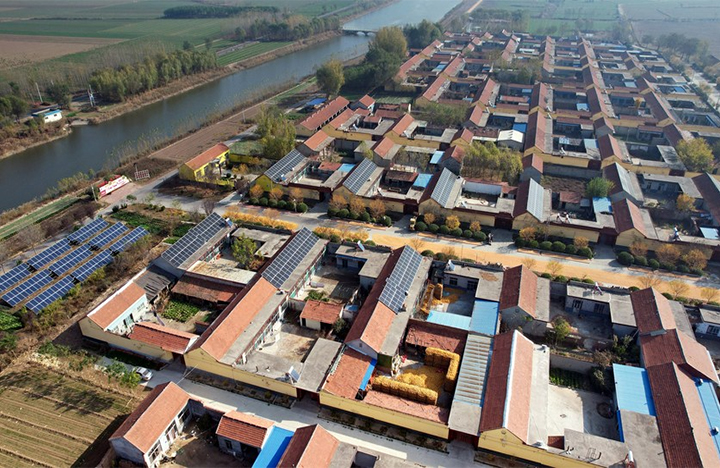


Figure 1 the rooftop photovoltaic (PV) power installations at Liuji Village of Shanghe County, east China's Shandong Province. [Photo by Fan Changguo from Xinhua]
As China seeks to peak carbon dioxide emissions by 2030 and achieve carbon neutrality by 2060, green power development is booming across the country.
Near Chaiheyu village in Linyi, Shandong province, numerous solar panels stand on a hillside converting a steady stream of solar energy into green power. The solar panels are operated by Shandong Yifeng photovoltaic power generation station, which boasts a total installed capacity of 67 MW and an annual power generation of 108 million kWh. This station stands as the largest hillside photovoltaic power project in Shandong, which makes the once desolate mountain into a thriving hub of sustainable energy.
As the last city in Shandong to achieve electricity access for every household, Linyi previously faced setbacks in its development due to power shortages. Located in the Yimeng Mountains, recently Linyi has harnessed the advantages of its unique natural resources for the development of new energy sources, such as photovoltaic power, wind power and biomass energy. With the rapid expansion of photovoltaic power stations, hills, plantation areas and infertile lands in Linyi now feature photovoltaic panels, and this contribute to both agricultural production and green energy development. People in the Yimeng Mountains today not only use green power to light their houses but also utilize the power of sunlight to create economic opportunities through photovoltaic energy generation. ‘We installed 60 photovoltaic panels on the roof of our house, and now we can earn 1,600 yuan (about $223) a month by selling electricity generated by these panels,’ said Wang Guimin from Yanyu village in Linyi's Feixian county. Nearly 300 households in this village have equipped their rooftops with distributed photovoltaic solar panels. Besides photovoltaic power, Liyin also makes full use of hydropower. In 2022, the Yimeng hydropower station started to generate electricity. Since then, it has optimized resource allocation and effectively tackled the problem of clean energy consumption.
By the end of October, the total installed power generation capacity in Linyi hit 14.35 GW, of which photovoltaic power, wind power, biomass power and hydropower accounted for over 54 percent, according to Li Biao, an official with the State Grid's Linyi power supply company. Of the total, the installed capacity of distributed photovoltaics reached 4.5 GW, ranking first in Shandong province, and thereby, aiding rural revitalization in the old revolutionary base.
Edited by Liang Xiuchun
with reference to <https://english.news.cn>